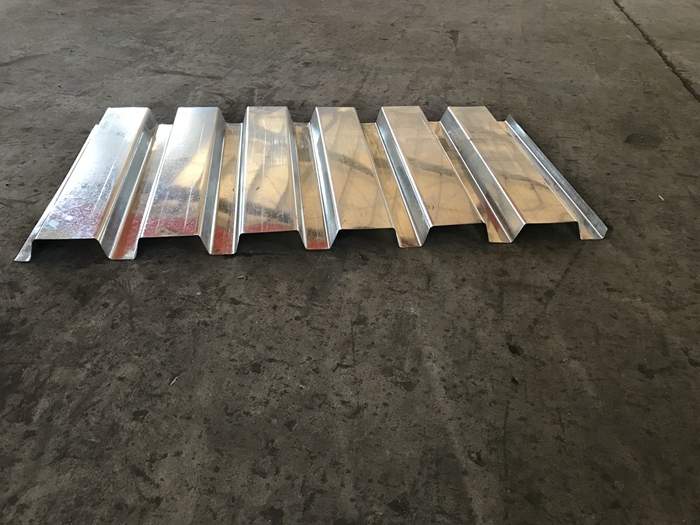aluminum profile roll forming
The Process and Applications of Aluminum Profile Roll Forming
Aluminum profile roll forming has emerged as a pivotal manufacturing process in various industrial sectors. This technique offers numerous advantages, making it a preferred choice for producing high-quality aluminum profiles. By converting aluminum sheets into wide-ranging shapes and specifications, roll forming serves diverse applications, from construction to electronics.
Understanding Roll Forming
Roll forming is a continuous bending operation in which a long strip of metal, often coiled aluminum, is fed through a series of rollers to gradually shape it into the desired profile. This method is particularly suitable for materials that require consistent cross-sectional shapes. The process begins with the selection of an aluminum sheet or coil, which is then passed through multiple sets of rollers. Each set progressively bends the material until it achieves the final profile.
One of the key advantages of aluminum profile roll forming is its ability to produce complex shapes with accurate dimensions and tolerances. This is essential in industries that require precision engineering, such as automotive and aerospace sectors.
Benefits of Aluminum in Roll Forming
Aluminum is an ideal material for roll forming due to its lightweight, corrosion resistance, and excellent strength-to-weight ratio. These properties enable manufacturers to design parts that are both durable and easy to handle. Additionally, aluminum's thermal and electrical conductivity makes it suitable for applications in HVAC systems, electrical enclosures, and various devices.
The lightweight nature of aluminum also contributes to significant energy savings in transportation and installation, making products more efficient and cost-effective.
aluminum profile roll forming

Applications of Aluminum Profiles
The versatility of aluminum profiles allows them to be utilized in a myriad of applications. In the construction industry, roll-formed aluminum profiles are commonly used for window frames, roof structures, and building facades. Their corrosion resistance ensures longevity in outdoor settings, reducing maintenance costs over time.
In the automotive industry, roll-formed aluminum is used to manufacture structural components and exterior panels. The lightweight characteristics enhance fuel efficiency while maintaining the strength necessary for safety and performance.
Electronics also benefit from aluminum profiles, as they are frequently used for the housing of devices, ensuring effective heat dissipation. This is crucial in maintaining the performance and durability of electronic components.
The Future of Aluminum Roll Forming
As industries continue to seek sustainable and efficient materials, aluminum profile roll forming is positioned for growth. Innovations in technology, including advancements in automation and computer modeling, are enhancing the efficiency and precision of the roll forming process. Furthermore, the push for environmentally friendly practices is encouraging the use of aluminum, which is recyclable and has a lower carbon footprint compared to other materials.
In conclusion, aluminum profile roll forming is a vital manufacturing technique with broad applications across various sectors. Its ability to produce precise, lightweight, and durable components positions it as a key player in the future of manufacturing, aligning with modern needs for efficiency and sustainability. As technology evolves, the capabilities of aluminum roll forming will undoubtedly expand, opening new avenues for innovation and application.
-
Roof Panel Machines: Buying Guide, Types, and PricingNewsJul.04, 2025
-
Purlin Machines: Types, Features, and Pricing GuideNewsJul.04, 2025
-
Metal Embossing Machines: Types, Applications, and Buying GuideNewsJul.04, 2025
-
Gutter Machines: Features, Types, and Cost BreakdownNewsJul.04, 2025
-
Cut to Length Line: Overview, Equipment, and Buying GuideNewsJul.04, 2025
-
Auto Stacker: Features, Applications, and Cost BreakdownNewsJul.04, 2025
-
Top Drywall Profile Machine Models for SaleNewsJun.05, 2025








